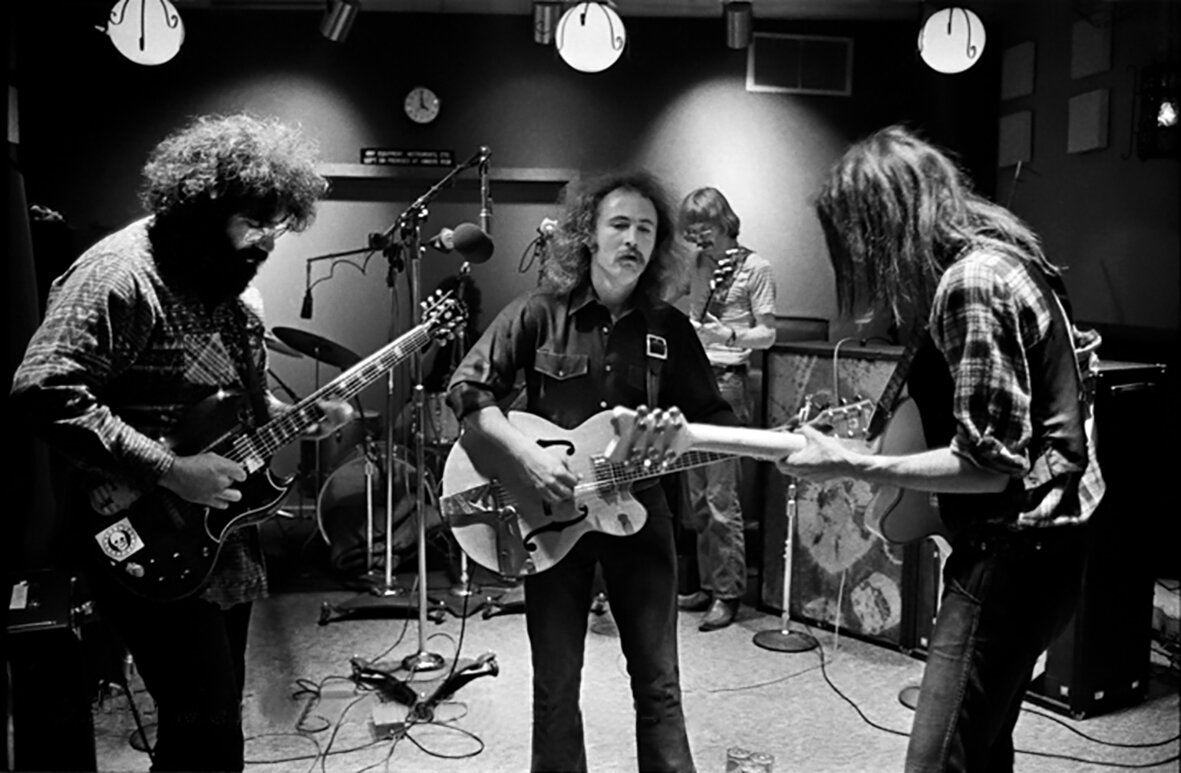50 Years Later: The Grateful Dead’s American Beauty
The Grateful Dead’s American Beauty celebrated its 50th anniversary of its release on November 1st this year. This was the second of two of their incredibly successful albums released in 1970, the first being Workingman’s Dead. A big year for the Grateful Dead, their psychedelic rock sound was shifting during this time to more of a folk-style Americana type of sound. Let’s go back in time and see why American Beauty had such a lasting impact and how it came about for one of the most famous band’s this country has ever seen.
After the release of Workingman’s Dead earlier that year, the band was back in the studio merely a few months later to record what would become American Beauty. Where the vast majority of songs were being written by Jerry Garcia and Robert Hunter, American Beauty saw track contributions by Phil Lesh and Bob Weir as well. With tracks like “Sugar Magnolia” and “Box of Rain” got to see the result of songwriting sessions with Robert Hunter and the other members of the Grateful Dead. The album was looked at as a continuation of the previous one the band had just released however it was described as more representative of the entire band.
During the time of recording, the Grateful Dead spent a lot of time at Wally Heider’s recording studio with many other prominent musicians. The band speaks openly about the influence these musicians had on the album, and the listener can definitely hear them throughout the record.
There is a noticeable change in sound, shifting away from lead guitar and reimagining their sound with Jerry Garcia playing with a lot of pedal steel guitar. With Crosby, Nash, and Young, Santana, and many other high-profile musicians, it was referred to as “jammer heaven” by Phil Lesh in his autobiography, Searching for the Sound. The Grateful Dead attribute these encounters as being extremely helpful and eye-opening for vocals and harmonizing as a group in their music.
Releasing American Beauty only four months after their previous album, the album peaked at number 30 on Billboard’s Pop Albums chart. Achieving a Gold certification only four years after the release of the record, the album would only become more and more popular as time passed. In October of 1986, the album achieved a Platinum certification, and in 2001, American Beauty would go Double Platinum. Despite Workingman’s Dead reaching higher in the charts, it never reached Double Platinum.
Compared to Workingman’s Dead, the album was looked at a continuation on the change in sound, but both albums are remembered, and their legacy is immovable. In 2003, American Beauty and Workingman’s Dead were recognized in Rolling Stone magazine’s list of the 500 greatest albums of all time. To this day, this was a remembered time for the Grateful Dead, and many fans will argue that these were their best years. Songs came out of these two records that still live on in listener’s ears every day.
To celebrate the 50th anniversary of, arguably, one of the Grateful Dead’s best records, the album has been remastered. Along with the remastering, fans also can get access to a previously unreleased show from February 18, 1971. This gig took place at Port Chester’s Capitol Theatre and gives the listener a full two hours of pure jamming. The remastered album is available for purchase on the band’s website with other options to celebrate the 50th anniversary of American Beauty.
Track List
(Side 1)
1. Box of Rain
2. Friend of the Devil
3. Sugar Magnolia
4. Operator
5. Candyman
(Side 2)
1. Ripple
2. Brokedown Palace
3. Till the Morning Comes
4. Attics of My Life
5. Truckin’



